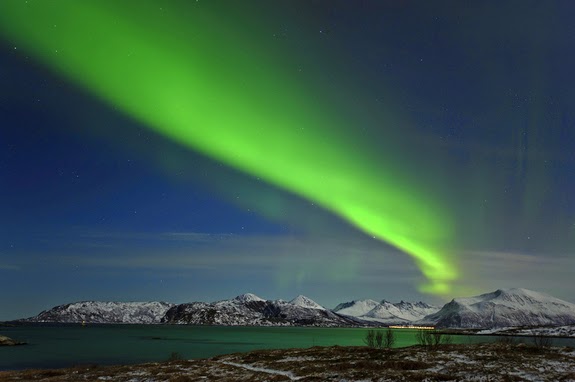Back in July I posted regarding an Ice Melt Experiment my daughters and I were doing. We were testing to see how long it took to melt an ice cube at different temperatures. Unfortunately we never stuck to it, mainly because we were busy with other activities and simply forgot. We had a total of 3 data points. Times are given in minutes:seconds.
79 degrees = 10:45
85 degrees = 4:58
85 degrees = 8:34
85 degrees = 4:58
85 degrees = 8:34
As you can see, the ice took longer to melt at 79 degrees than at 85 degrees, as expected. However, the 2 data points at 85 degrees had drastically different melting times. Despite the lack of data, there were questions to ask regarding the 85 degree data points. Why the difference in time? Was one ice cube larger than the other? Were both cubes melted at the same time of the day? Was one day more cloudy than the other? Etc.
Melting the cubes at the same time of the day is very important. As the day proceeds, the driveway absorbs energy and increases in temperature. An ice cube melting in the morning will likely take longer to melt than a same sized ice cube in the afternoon, even if the air temperature is the same. Also, a driveway exposed to cloudy conditions all morning will absorb less energy than a driveway exposed to the Sun. Even if it's sunny at 2 PM when the ice cube is melting, melting times are likely to differ due to different morning conditions.
We failed in that we had too few data points, but we succeeded in being scientists by setting up an experiment and asking questions.













